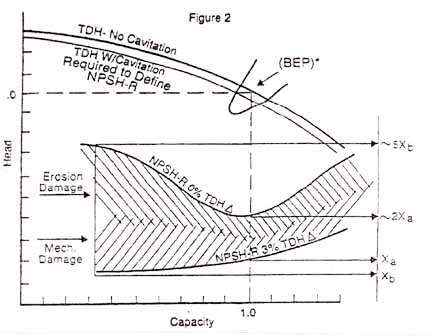Saravana1322
Mechanical
- Mar 19, 2021
- 3
Dear team,
Hope everyone is doing good!...
I have a query regarding NPSH margin for API 610 Pumps. In most of our client specification, 1m NPSH margin at rated point is specified.
Why is it specifically 1m?
Hope everyone is doing good!...
I have a query regarding NPSH margin for API 610 Pumps. In most of our client specification, 1m NPSH margin at rated point is specified.
Why is it specifically 1m?

